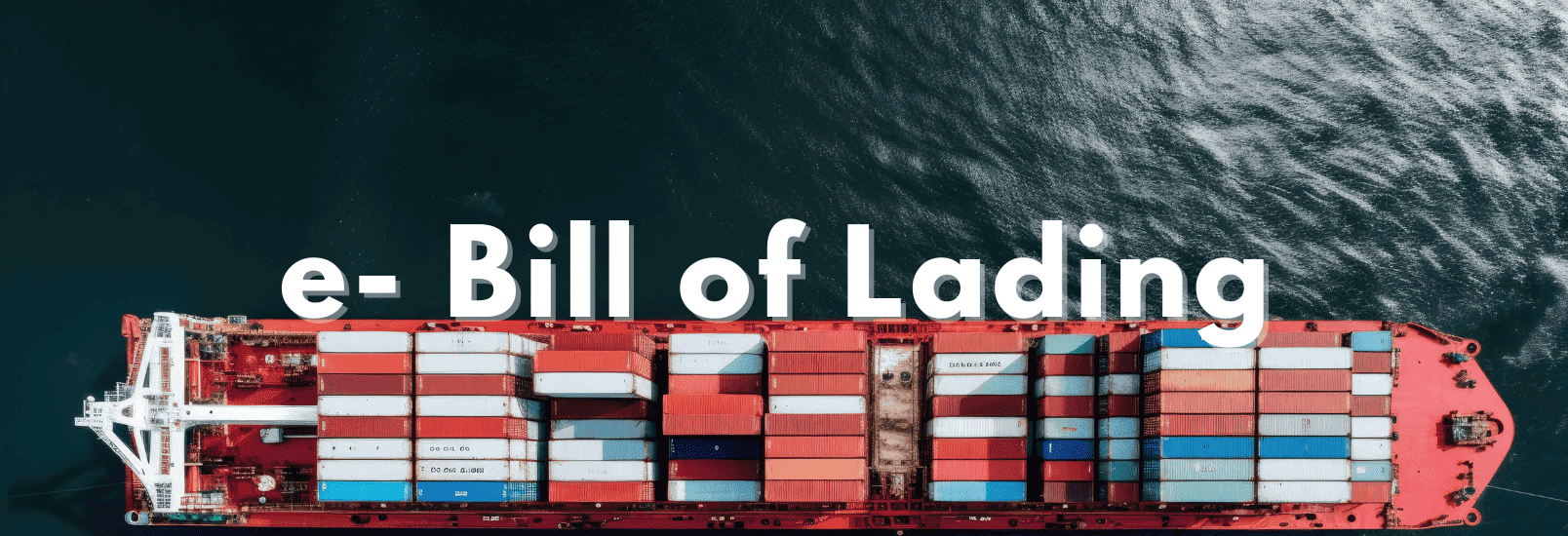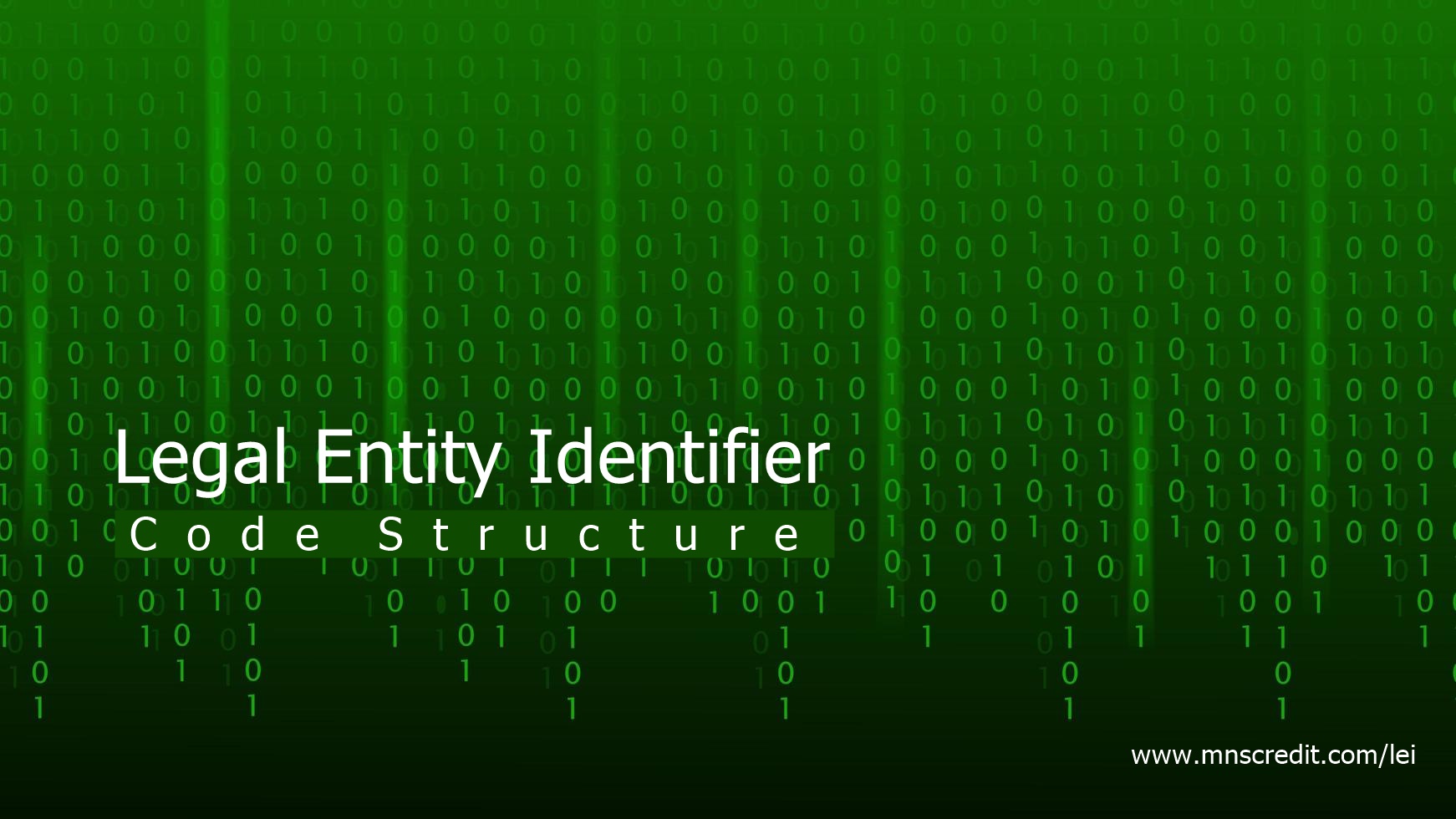In order to gather and assess pertinent data on a customer or potential customer, financial institutions use a process called “customer due diligence.”
Through the analysis of data from many sources, it seeks to identify any potential risks to the financial institution associated with doing business with a certain company or person.
These include of: The customer themselves, who must supply specific information in order to transact with the financial institution; Sanctions lists made available by governments or territories; Public data sources, such as corporate listings; Private data sources from third parties.
To meet Know Your Customer (KYC) regulations, customer due diligence is crucial. From one nation to the next, or market to market, these differ significantly.
The practise of gathering and validating data about a customer during onboarding is known as customer due diligence (CDD). This contains the name, address, and other private information of the client.
When creating a business partnership, companies must perform CDD. For instance, before allowing a consumer to open an account and make a deposit, a bank or trading platform might need to look up the person’s passport.
Businesses that lack CDD expose themselves to fraud and penalties for failing to comply with anti-money laundering (AML) regulations. Failure to adhere to AML requirements can cost businesses more than one million euros in countries like Cyprus.
KYC and CDD are frequently mixed up. In contrast to “Know Your Customer,” which has a slightly variable definition depending on the jurisdiction, “Customer Due Diligence” is a precise legal term that applies to all rules. In other words, the list of required KYC checks may vary, whereas CDD entails a precise set of legal requirements.
Different forms of CDD Enhanced due diligence versus simplified due diligence.
In situations where there is a low danger of money laundering, certain regulators permit performing a streamlined investigation known as Simplified Due Diligence (SDD). Businesses may need to carry out enhanced due diligence, or more thorough verification, in situations with increased risks (EDD).
Financial watchdogs don’t always demand that each customer go through the entire verification process. For low-risk clients, such well-known public entities and private persons with steady sources of funding, a reduced or Simplified Due Diligence (SDD) is a solid option.
SDD enables firms to shorten the length of the verification process while still completing all necessary CDD procedures. For instance, SDD may be used when clients trade for less than $100. However, if they go beyond this limit, the entire CDD process will be required.
SDD might not be suitable for some sectors, goods, or jurisdictions.
Numerous questionable instances provide a higher risk of money laundering and must be subjected to additional or Enhanced Due Diligence (EDD). Customers from high-risk nations, PEPs (politically exposed persons), cross-border correspondent ties with a third country, and large transaction sums are some examples of these.
The quantity of checks that businesses conduct distinguishes CDD from EDD. Additional evaluations within EDD might involve asking for more details, checking the sources of money and wealth, gaining senior management approval before beginning a business connection, and other things as well.
Want to give your business Global Validation and Legitimacy?
Apply for LEI Registration with MNS
(A validation Agent Appointed by GLIEF for issuance of LEI in India)
Whether the customer is an individual or a business will affect the information-collecting list.
Here is a standard starting point for authenticating individuals that may vary depending on the jurisdiction:
Government-issued identification and tax number, together with full name and residential address.
Businesses can use a document given by a trustworthy third party that includes the customer’s photo to confirm the identification of a customer. An ID card or passport can be used as this.
Businesses can check a customer’s residential address using recent (up to six-month-old) utility bills, housing insurance records, municipal taxes, and bank account statements.
Automated verification is the best option for companies that onboard clients remotely. Without the need to add more staff to manage the process, it cuts onboarding time to a few minutes and boosts conversion rates.
Businesses are required to ask for and confirm specific information before forging a relationship with another organisation. While the precise list can vary between jurisdictions, the following is a standard starting point:
The following information is listed in order of registration:
The objective is to identify the company’s beneficial owners. These are the people who control a considerable amount of the corporation, either directly or indirectly, by directly or indirectly owning more than 25% of it. The beneficial owners must be verified after being found.
The first step in customer due diligence is gathering fundamental details about the client. The section above contains a list of the necessary information.
It is necessary to acquire original or certified copies of the records that attest to the business’s legal foundation and shareholders in order to receive data about a client that is a company, including information on beneficial owners. They include things like articles of association, memorandums, and certificates of incorporation.
It is necessary to save copies of every document discovered during customer due diligence investigations of both people and businesses.
Based on what they know about a consumer, businesses can select between regular, enhanced, and simplified due diligence. For instance, a bank can continue to onboard a customer if it knows that the customer is a government official (a PEP), but an extra check is required.
Once you have a customer on board and a working partnership, the narrative is not over. It keeps doing the monitoring. Given the possibility that a customer’s profile may alter over time, due diligence must be ongoing. They might start a high-risk transaction, end up on a PEP list, or just have their ID expire. Businesses might be better prepared to handle any unexpected crises by keeping a watch on consumer profiles and transactions.
Despite the fact that CDD regulations vary by industry, there are certain key similarities. Learn more about the differences between CDD and other technologies per industry, such as banking, forex, and fintech.
Real papers or selfies that were obtained from the darknet may occasionally be provided by con artists. In these circumstances, even the most trustworthy verification systems could be unable to identify anything suspect because there hasn’t been any document alteration. Businesses can use the additional facial biometric check known as liveness to deter thieves while onboarding consumers remotely. This check makes sure that verification is done on the actual document holder.
Due diligence on consumers is an expensive endeavour for banks because they must hire teams to onboard customers, look into false positives, and perform manual checks. The cloud-based solutions offered by Swift are designed to make the Due Diligence process less cumbersome administratively.
Identify: The KYC registry offered by Swift establishes uniform standards for data collecting and maintenance and offers bank customers a safe and secure platform to submit KYC information.
Swift’s screening services assist in checking entities for potential exposure to PEPS, penalties, and negative media.
Banks can keep an eye on the danger of penalties on cross-border transfers thanks to Swift’s sanctions screening services.
We collaborate with over 11,000 institutions globally to deliver cutting-edge solutions in the client due diligence arena as the global provider of payments and financial crime compliance solutions to the financial industry.









